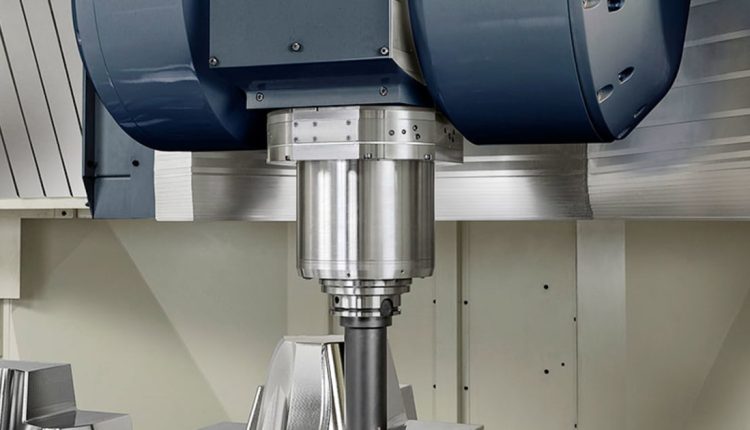Vehicle program activity dipped as the pandemic arrived and threw the future of the auto market into question. But it did not halt the wheels of product cycles, Harbour said. Program activity slowed in 2019, 2020 and 2021 because key projects had just launched in the previous few years.
Harbour said tooling orders slowed because it wasn’t time for the next big wave. “Now it’s time,” she said.
AutoForecast Solutions anticipates that from 2023 through 2029, the number of North American nameplates will increase 18 percent to 249.
The tooling industry is a small corner of the auto landscape. Many tool suppliers are relatively small employers, often independent and family-owned. But the industry is a barometer for what’s ahead.
Orders for tools go out two to three years ahead of vehicles reaching assembly lines.
Harbour estimates the coming cycle will result in $8.3 billion in tooling spending in 2025 vs. about $5.7 billion for the sector this year.
To be sure, EVs will be a big part of the next several years of vehicle development and launches. But they don’t hold a candle to traditional gasoline-burning cars and trucks when it comes to generating tools and parts, for two reasons.
First, EVs have fewer parts, so they require fewer tools and molds to manufacture, less design work to create components and fewer suppliers to handle delivery.
Second, the industry ripple of an EV project is smaller because those vehicles come in fewer model variations as automakers try to hold down their development costs. The gasoline-powered Ford F-150, by comparison, is an industry bonanza because it’s sold in multiple trim levels and packages, each requiring unique parts.
“There are so many trim levels on a traditional truck,” Harbour said. “There’s a long version, a short version, different cabs, duallies, different bumpers, different grilles, different lights, and all the different interior trims. All those tools have to be created.”


